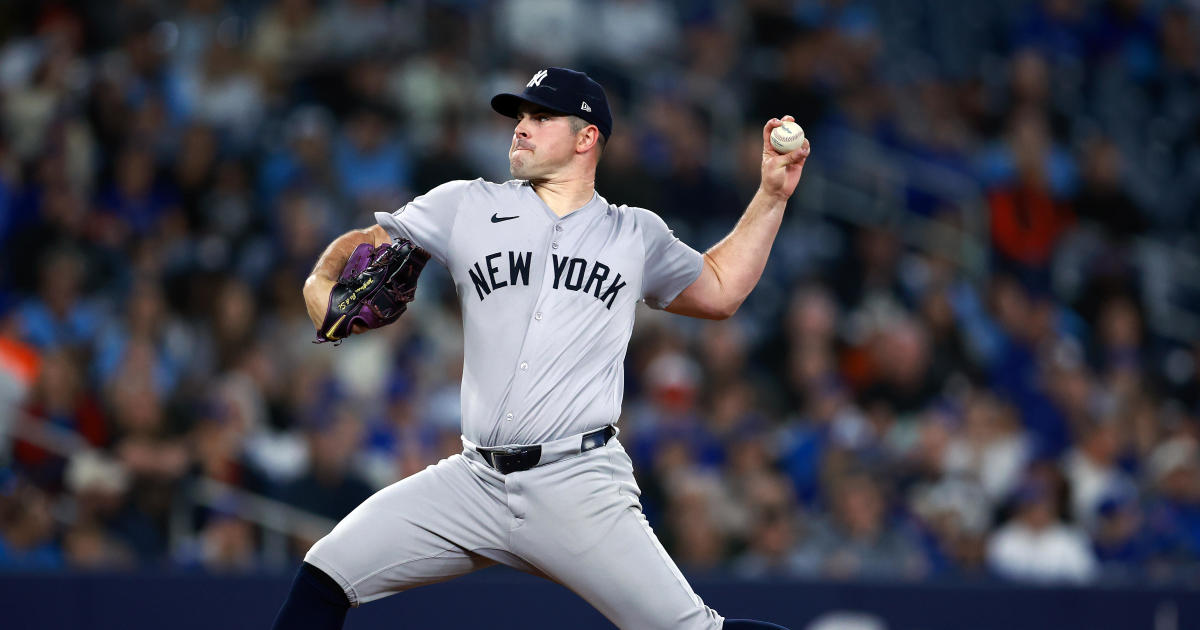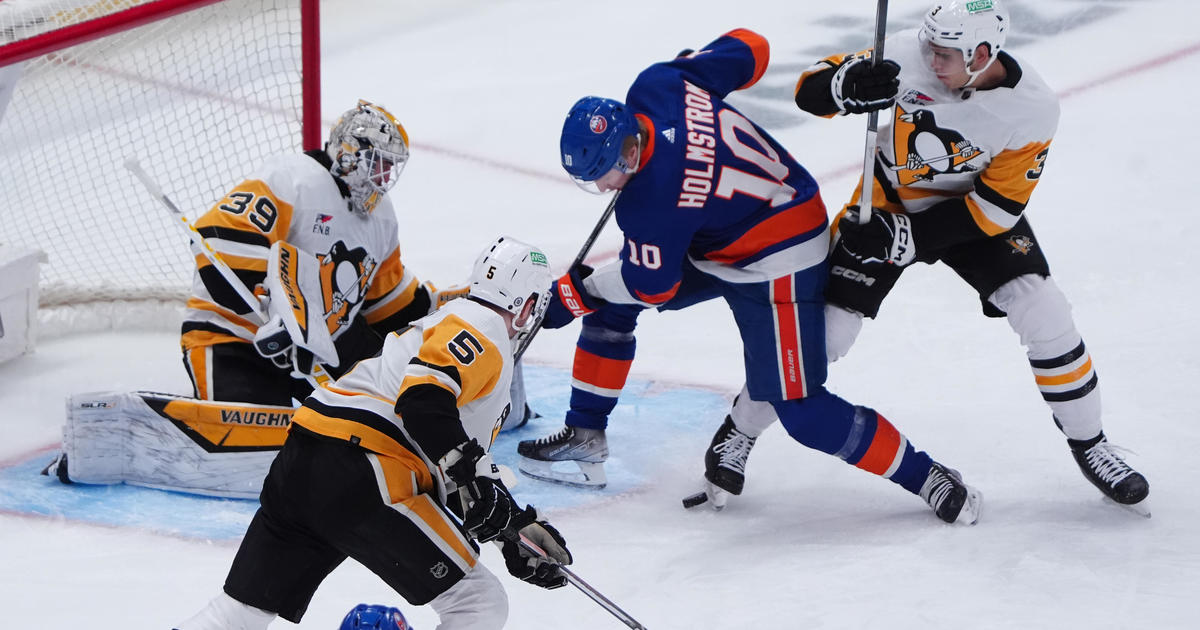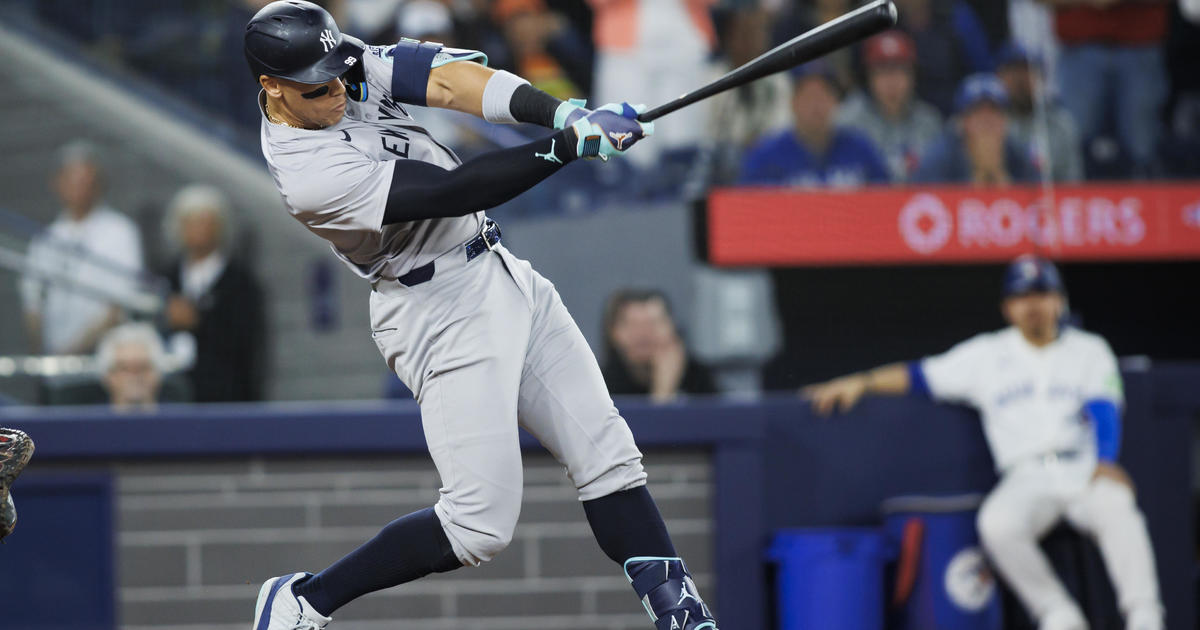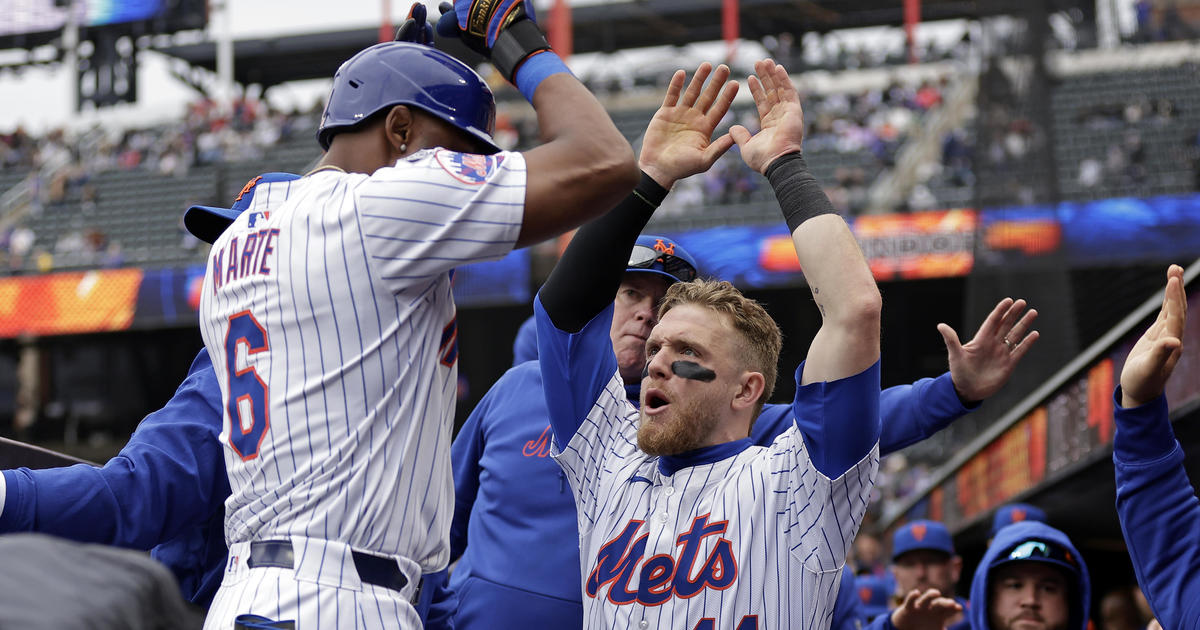Lichtenstein: Nets' Demise Can Be Traced To Their 'Play After The Play'
By Steve Lichtenstein
» More Columns
The Nets organization has expended a ton of money and effort to disassociate itself from its New Jersey roots and forge a new identity in Brooklyn since the move to the borough in 2012.
However, if the Nets maintain the abysmal pace to the start of the season they'll have no choice but to regurgitate the memories from one of their hellish final campaigns in their old home.
Talk about irony.
The Nets fell 103-96 to previously winless Milwaukee on Monday night at Barclays Center to fall to 0-4. Trust me, it's not too early to worry whether their record-setting 18 consecutive losses to commence the 2009-10 season is within reach.
I mean, if the Nets couldn't beat the Bucks, who were missing three rotation players one night after losing badly Toronto at home, who can they beat?
The Nets are set for a stretch of nine of their next 12 on the road, starting with a tilt in Atlanta on Wednesday. What's more, nine of those dozen games will be against 2014-15 playoff teams.
Really, if Brooklyn can't dispose of the dreadful Lakers on Friday, it will be time to panic.
I received very insightful analysis from Nets radio commentator Tim Capstraw prior to Monday's game as to what has separated Brooklyn from what the rest of the NBA has been doing.
According to Capstraw, where the Nets have gone wrong during the games has been their "play after the play."
By that Capstraw means that though coaches routinely call offensive plays as the ball is being dribbled to the front court, a high percentage of those plays are defended well enough that the intended shot is not available. What happens next differentiates the efficient from the inefficient offensive teams.
Ideally, a team creates scoring opportunities through ball and player movement. The dribble drive is a way to force defenders to help off their men, which in turn should initiate a sequence where the ball moves faster than the help rotations. Many open 3-point looks are generated in this manner.
It's no surprise that the Nets are second to last in the league in both 3-point shooting attempts per game (14.3) and percentage (24.6 percent). Even more disturbing is the fact that the Nets have recorded just one dunk -- a Brook Lopez flush in Memphis on Saturday -- through four games, according to NBA.com.
That's because the Nets' tendency on the offensive end is the exact opposite of the above. The ball too often sticks to one side of the floor, usually via a one-on-one isolation play that mostly yields a mid-range jump shot in lieu of more efficient 3-pointers and layups.
Brooklyn coach Lionel Hollins wants his team to play the right way -- and there have been pockets of action in the first four games where the Nets have looked like a normal basketball team -- but he has been frustrated by the inconsistency.
"We have to be better at going into the paint and making the pass back out," Hollins said prior to Monday's game. "That starts the scramble for them. Instead of taking one dribble and shooting a long jump shot, just go in and make a play for somebody else."
So it must have been really maddening for Hollins to watch the most crucial end-game possession on Monday bungled in typical Nets fashion.
Brooklyn trailed, 99-96, with 31 seconds remaining. Out of a timeout, Hollins called a play for forward Joe Johnson. Bucks coach Jason Kidd had his club switch on all screens that were meant to free Johnson to receive a pass from Bojan Bogdanovich.
"J-Kidd wasn't going to let me touch the ball," said Johnson, who saved Kidd's bacon many times with late-game heroics during Kidd's sole season manning the bench in Brooklyn.
Bogdanovich instead swung the ball to the opposite wing.
To "point guard" Jarrett Jack.
Now the 32-year old Jack may think of himself as a slayer in the old Johnson mold, but in truth he's been living large off of a flukish three-game sample from last season where he got to play the hero. Ever since, he's been killing the Nets with poor decisions late in games.
On cue, Jack dribbled into the paint and threw up an off-balance shot with 25 seconds let that barely hit the front of the rim. Greg Monroe grabbed the rebound for Milwaukee, which then sealed the game from the free-throw line.
"I knew the clock was against us and at that particular point the play that we had drawn up was pretty busted," Jack said. "So I was just trying to make a play and trying to make something happen."
From the replay, you can tell that Jack wasn't even thinking about moving the ball to a teammate. Monroe had dipped into the paint a bit, which left Lopez open near the top of the key. Twnety-five seconds can be an eternity in the NBA, so I don't buy Jack's explanation that a rushed shot was the way to go.
Hollins, though, keeps giving Jack the benefit of the doubt.
"(Jack) is out there playing," the coach said. "He has to make the decisions. I can't make all the decisions for guys. If he makes the layup, it's a good play. He didn't make the layup and they got the ball.
"I can't criticize every decision these guys make," Hollins added. "Plus, it's a game of improv. You have to have the freedom to make decisions. He made that decision and got to the basket. He just didn't finish."
I'm hoping Hollins had a different reaction behind closed doors. The mentality of too many Nets players, especially at key points when a basket is imperative, is to take it upon themselves to make plays instead of working as a unit to get the best shots. I can envision Hollins trying to change the culture, but he may be running into a brick wall.
These Nets have a hell of a lot more talent than the Lawrence Frank-coached stiffs who went 0-18. Lopez, who was in his second season at the time, is continuing (albeit slowly) his upward trajectory in terms of becoming a more complete player, while maintaining his scoring ability.
Others, like Thaddeus Young, who was inexplicably benched for the entire fourth quarter on Monday despite more-than-satisfactory production (13 points, 6 rebounds, 5 assists and a plus-14 rating in 25 minutes), and Bogdanovich have value on the court.
But this is a lousy basketball team. The players are slow, they don't defend (the Nets are 29th out of 30 teams in opponents' 3-point percentage at 42.7 percent in addition to placing 27th with 110.7 points allowed per 100 possessions), and they lack a true facilitator.
Their only chance to win games -- or maybe let's just start with winning a single game -- is to share the ball. And not just during the play that Hollins calls, but after that play breaks down.
For a FAN's perspective of the Nets, Jets and the NHL, follow Steve on Twitter @SteveLichtenst1.



